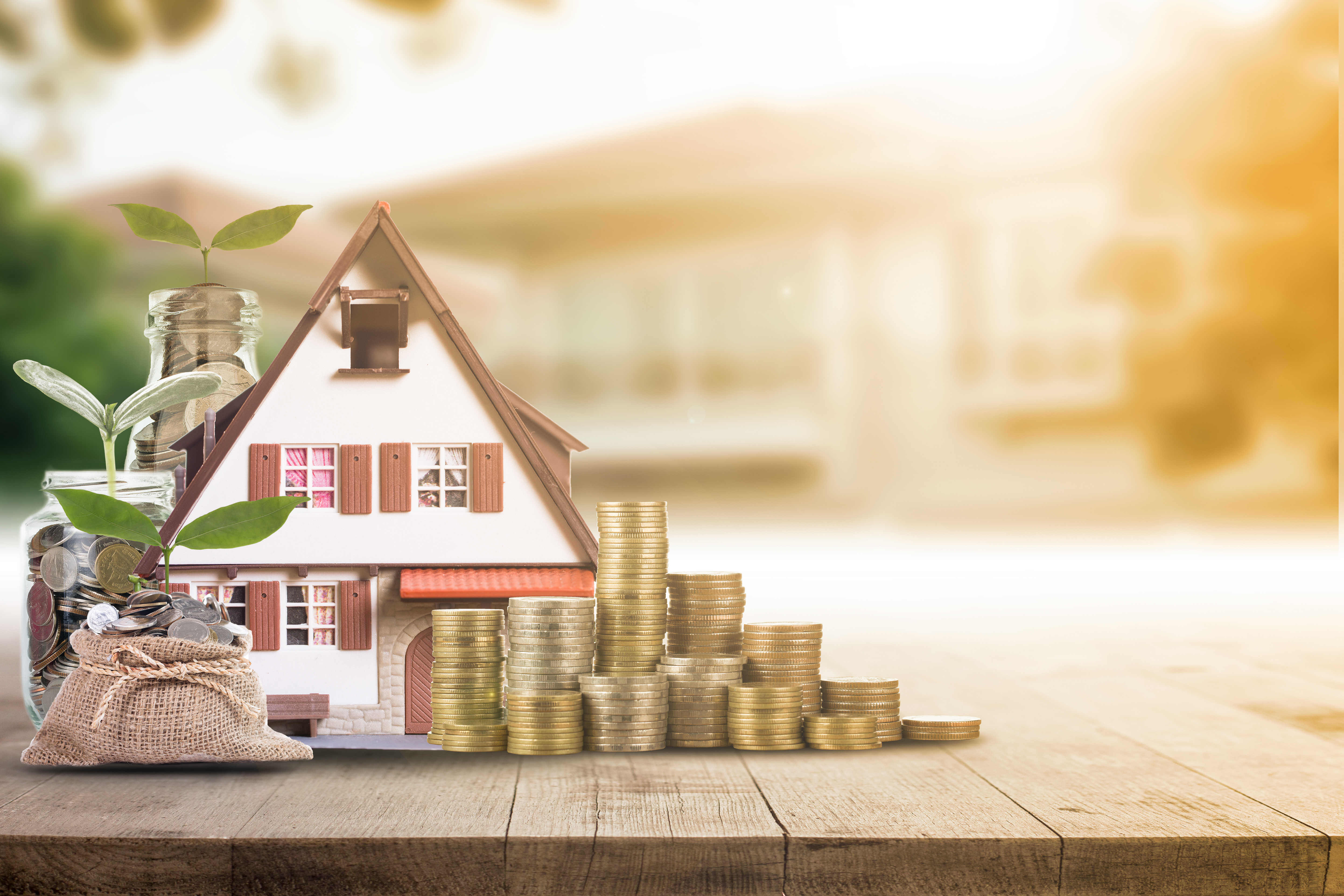It’s estimated that in 2018, Americans spent nearly $340 billion on home remodeling projects. Home improvement loans are one of the best ways to sort out the problem of home renovation.
If you’re planning to make some changes to your home, you may find that a home improvement loan is the only way you can get the job done.
But finding a home improvement loans isn’t easy, and sometimes it can be difficult to figure out how you can find the right loan, at the right price.
Below you’ll discover how you can find the best home improvement loans for your renovation project. Read on, and you’ll discover how you can give your home a fresh look, without having to wreak havoc on your finances.
Decide What You Want to Use the Loan For:
Before taking out the loan, it’s a good idea to think about how you’re going to spend the money associated with the loan.
In doing so, it becomes easy to work out how much you’ll need to borrow. This then prevents you from over-borrowing and ending up with more debt than necessary.
Now, if you don’t know how much a particular home improvement project is going to cost, it’s probably worth speaking to some contractors.
If you can provide these contractors with an accurate representation of what you want to achieve, they should be able to give you a quote.
If you can, try to speak to more than one contractor. This’ll help develop a realistic average of what the project is going to cost.
How Can You Fund the Home Improvement Project?
There’s more than one financial ‘instrument’ you can use to fund your home improvement project.
For instance, there’s the typical route of obtaining a home improvement loan.
Now, home improvement loans can often sound like a good idea, but you’ll find that such loans aren’t always the best option.
This often comes down to the fact home improvement loans tend to be unsecured, and this makes them a risky bet for lenders.
This risk can also mean that the interest rates are going to be high. On top of this, you’ll find lenders will offer relatively short repayment periods associated with these loans.
The other option is to go for a personal loan.
Again, this kind of loan is unsecured, and this can make such loans pricey. But, if you have good credit and a steady income, lenders might be willing to offer you a personal loan at a reasonable rate.
One of the good things about a personal loan is that you may have a favorable payment term that gives you plenty of time to pay the money back. If you’d like to learn how you can find the best personal loans, check this out.
There’s also the option of funding your project using a credit card.
Now, for many people, this should be considered as a last resort. This is because the interest rates on a credit card can be very high. But if you can find a credit card that offers 0% APR, this might be a worthwhile option.
Speak to Many Lenders:
Once you have a decent sense of how much the project is going to cost you, it’s the time to approach some lenders.
It’s worth noting that some lenders will have different requirements to others. Often, you’ll have to fill out an application, and the information you provide will determine whether you receive the loan.
If you find your application is successful, you may have to approach another lender. You may also need to think about funding your project, using a different strategy.
Manage Your Project Carefully:
Once you receive your funds and begin remodeling, it’s vital you manage your project carefully so that it doesn’t go over budget. If this happens, you’ll need to lend more money, and this can increase your debt burden.
At the very least you need to keep a close eye on the contractors and ask them about their progress daily. Ask them to provide you with projected deadlines, and then check in with them to ensure they’re going to meet these deadlines.
It’s essential you do this, as contractors often charge you a daily rate. If the project goes over schedule, you may end up needing to spend more than you budgeted for.
Can You Reduce the Price of the Project?
Before the project begins, you might want to ask your contractors if there’s anything you can do to help lower the cost of the project.
If you take certain cost-cutting measures, you may find that you don’t need to use the entire loan. This then means you can repay the loan faster, thereby reducing the amount of money you spend on interest payments.
Taking this step is important, as it can reduce the stress associated with having to find the ‘perfect’ home improvement loan.
For instance, the contractors might say that things will work out cheaper if you source the materials needed for the project.
You can then ask them what they need, and you can go to your local hardware store and order these items.
You might also want to ask the contractor if there are any simple tasks that you can help them with.
So, if you’re looking to renovate a bedroom, there may be some closets that are ‘built into’ the room, of which you no longer want.
If you take the time to remove these closets, the contractor doesn’t need to spend their time on this task. This then lowers the amount of money they’ll charge you as their workload is now reduced.
Do You Know How to Find the Best Home Improvement Loans?
If you want to give your home a fresh look, home improvement loans can help you get the job done, without having to spend all your savings.
That said, you want to make sure you do everything you can to limit the amount of money you actually need to borrow. You also want to make sure you speak to a broad range of lenders so that you can find an affordably priced loan.
Yes, it can be scary to borrow money for a home improvement project. But if you follow the tips in this post, you should be able to minimize your stress levels.
Thinking about remodeling your kitchen? Check out this post to learn about the best countertops you can use.
Read Also:






















